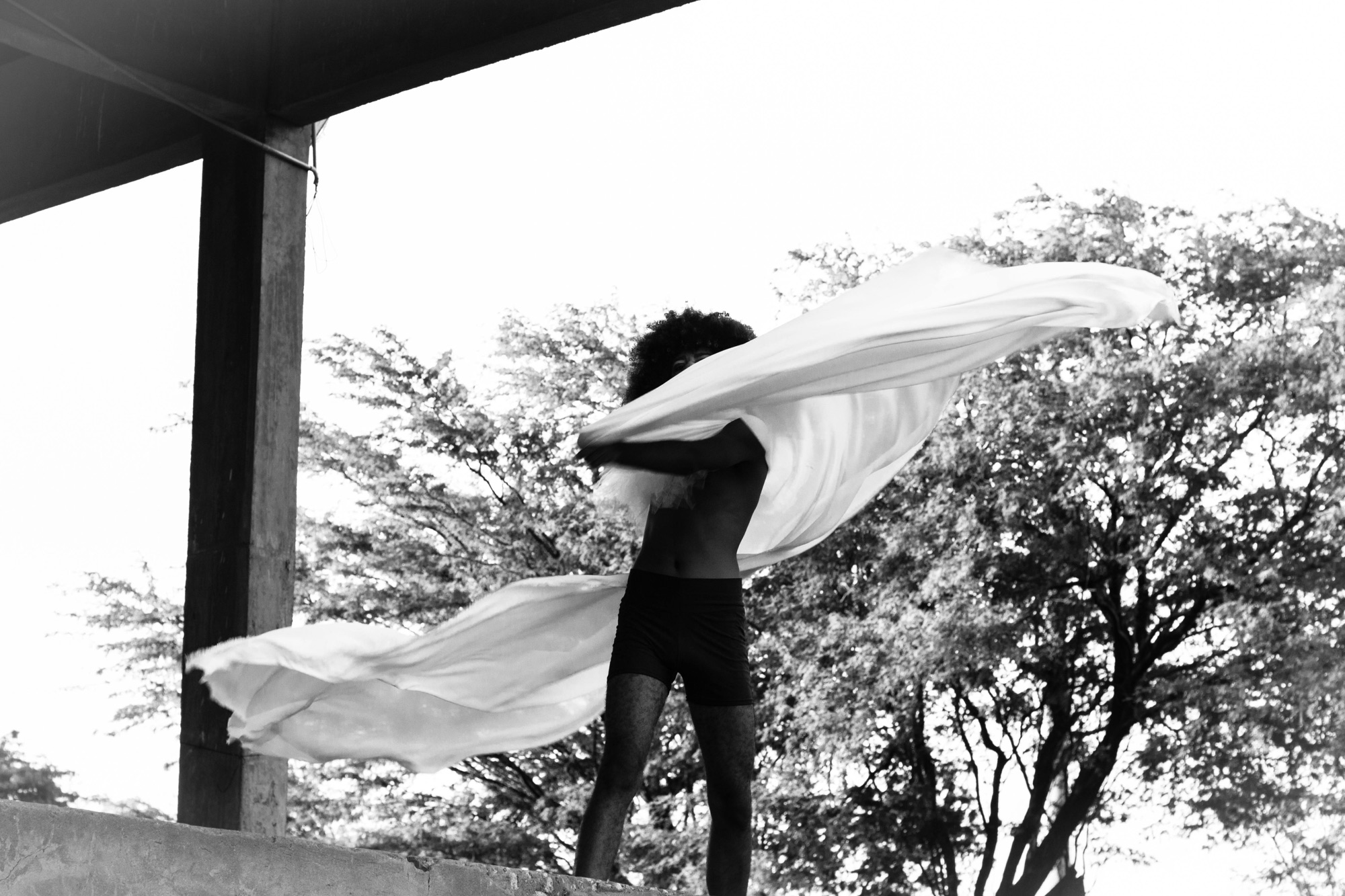You make thousands of health decisions every year. Most are forgettable. One is inescapable. You wear it.
Fabric is the first and longest contact layer on your body. It shapes your skin climate, your sleep quality, your odor profile, even how much plastic you shed into your home. Yet most of us pick fabric by color and price, not by physiology. This is the blind spot Global Incentives Manufacturing is working to close.
“Our vision for nanotechnology is becoming a reality.” — Shamim Munshi, CEO, Global Incentives Manufacturing.
GIM is a Neyius Group company and operates a large-scale Bangladeshi facility that supplies fabrics and finished goods globally.
Below is a practical, science-anchored guide to the fabrics you live in every day, and why choosing well can pay back in healthier skin, better sleep, and longer-lasting garments.
1) Skin is an ecosystem. Your clothes are its climate control.
Clothing is not inert. Fibers influence heat, moisture, friction, and the growth of skin microbes. Reviews of functional clothing show textiles absorb sweat and microbes, which can drive odor, irritation, and even infections. Finishes such as antimicrobial or moisture-managing treatments can help when used responsibly.
Certain fibers and finishes can also trigger contact dermatitis. The usual culprits are resins, dyes, glues, and tanning agents used in processing rather than the base fiber itself. If your “mystery rash” sits exactly where elastic and seams touch, suspect finishing chemistry first.
Action: favor garments with clear chemical disclosure and skin-friendly finishing. Wash before first wear.
2) Heat, humidity, and sleep: the fabric factor
Sleep quality rises or falls with thermal comfort. Peer-reviewed work shows bedding and sleepwear alter skin and body temperature, which changes sleep depth and latency. Material thermal resistance and vapor transport matter. In controlled trials, cooler sleep environments and well-matched sleepwear improved outcomes.
Action: for hot sleepers, pick breathable weaves and fibers for pajamas and sheets. Manage moisture first, warmth second.
3) Microplastics are not an abstract ocean problem
Synthetics shed microfibers during wear and especially in washing. Reviews show release depends on fabric type, structure, and wash conditions. Pre-washing and higher basis weight can increase shedding. Hand-washing reduces it compared with machine cycles.
New reporting also underscores how polyester garments contribute to inhalable and waterborne microplastics, raising concerns for homes and wastewater systems.
Action: wash full loads on gentle, use colder water, install a filter or capture bag, and balance wardrobes with natural fibers where suitable.
4) Cotton, linen, wool, and modern blends: what the evidence says
Cotton and silk: generally safe for sensitive skin, though evidence for symptom improvement in atopic dermatitis is mixed. Modern merino: ultrafine fibers can be surprisingly comfortable for sensitive skin in newer studies. Linen and flax-based materials: strong when wet, breathable, and show antibacterial activity in lab models. Early work on medical uses and bioactive flax is promising. Bedding blends: cotton-lyocell-linen combinations can improve vapor and heat transfer compared with single-fiber sheets.
Action: match fabric to function. Breathable naturals for heat and moisture, technical knits for performance, and documented skin-friendly finishes for sensitive users.
5) Health in the hidden layer
The garment closest to your skin sets the baseline. Choose breathable fibers for underwear and lined areas to reduce moisture-associated skin damage, a known driver of irritation.
Action: prioritize natural fibers or proven moisture-managing performance knits in intimate zones. Rotate and fully dry between wears.
Inside GIM: how we build healthier textiles
Fiber choices with purpose. We balance cotton, linen, and technical blends to meet thermoregulation and durability targets. Finishing transparency. We screen chemistries linked to dermatitis and target clean finishes that preserve comfort and performance. Shed-smart construction. We design knit and weave structures that reduce microfiber loss and encourage care practices that limit release. Nanotech R&D. Under CEO Shamim Munshi, GIM is pursuing finishes that improve durability and moisture management with a lower chemical load. “Our vision for nanotechnology is becoming a reality.” Scale with discipline. GIM operates a 100,000+ square-foot facility in Bangladesh as part of Neyius Group, allowing rapid iteration from pilot to production.
We design content the way we design textiles, using evidence and behavioral science without crossing ethical lines.
Curiosity gap: we open with the “one health decision you wear,” then resolve it with science. Loss aversion: we highlight risks of poor choices, like dermatitis triggers and microfiber shedding, and follow with simple fixes. Authority and proof: we cite peer-reviewed studies and name our leadership and capabilities. Zeigarnik effect: we leave actionable checklists that invite you to complete the next step today.
48-hour fabric audit
Re-label your sleepwear and sheets by fiber and weave. Identify high-friction points where rashes occur. Switch to skin-gentle finishes there. Install a wash filter or bag for synthetics and move hot-zone garments to cotton or linen. Track two nights of sleep with fabric changes and note differences.
Health is not only a hospital metric. It is a fabric choice. As a Neyius Group company, Global Incentives Manufacturing aligns material science with human outcomes at scale. The next generation of apparel will be judged on how it feels at hour twelve, how it sleeps at night, and how little it sheds into our air and water.
“The future belongs to textiles that respect the body and the planet. That is the standard we are building toward.” — Shamim Munshi, CEO, GIM.
Final word
Choose garments as if they were skincare. Choose sheets as if they were a sleep supplement. Choose finishing as if your microbiome matters. Because it does.
GIM builds fabrics that respect the human body and the places we live. That is how we measure quality. That is how Neyius builds legacy.

